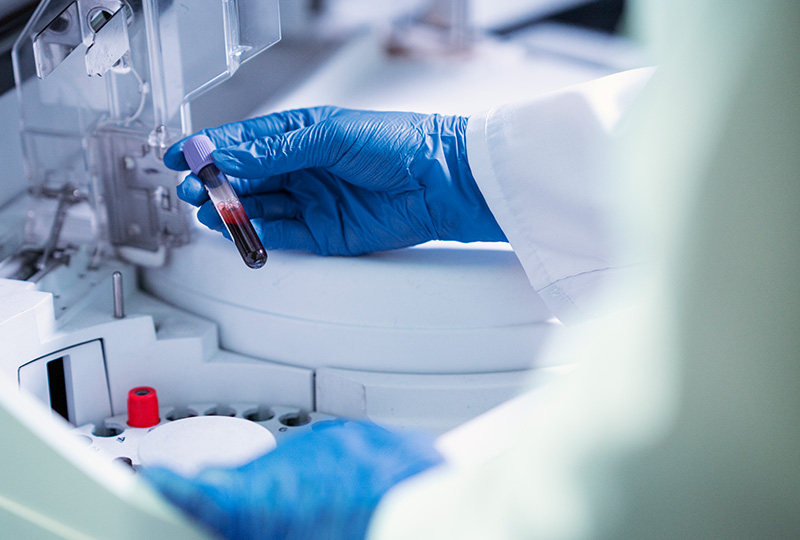Insights
Sepsis: a deadly symptom of social inequality?

New UK Study links poverty with sepsis
Between January 2019 and June 2022, the University of Manchester analysed 248,767 cases of non-Covid sepsis in England. Funded by HDR UK, the UK Health Security Agency, and the National Institute for Health and Care Research, the study was commissioned to find out why some people are at a higher risk of developing and dying from sepsis.
This is the first study to analyse changes in non-COVID-19 sepsis incidence before, during and after the COVID-19 pandemic in a large high-income population. Until now, most published studies on sepsis have been hospital-based, using the limited data of hospital records.
Key Findings
- The most deprived people are twice as likely to die from non-Covid sepsis within 30 days.
- Individuals with learning disabilities are nearly four times more susceptible to sepsis.
- Liver disease sufferers carry three times the risk of developing sepsis.
- Patients with stage 5 chronic kidney disease are more than six times likely to develop sepsis.
- Patients with cancer, neurological diseases, and those with immunosuppressive conditions, particularly following numerous antibiotic courses face a higher risk of sepsis.
Methods of the study
The research employed the OpenSAFELY platform, provided by NHS England, to carry out a cohort study alongside a 1:6 matched case-control study. Out of an individual cohort of 22million, 224,361 cases with non-COVID-19 sepsis (identified using specific ICD-10 codes) and 1,346,166 controls were included.
The Index of Multiple Deprivation score was used to first assess socioeconomic status. Cases were then further categorised as either community-acquired or hospital-acquired. Controls were selected based on the criterion of not having a sepsis diagnosis, matched to cases concerning age, sex, and admission month.
Multivariable regression was applied to deduce the impact of potential risk factors on sepsis development and to ascertain 30-day mortality odds ratios (ORs).
Moving forward
The findings of this research was echoed in recent studies carried out in Sweden, Australia and Norway and has shed some light on the profound influence of social and health disparities in the incidence and outcomes of sepsis.
Co-author Professor Tjeerd van Staa from The University of Manchester said, “sepsis remains a global issue of significant concern so understanding its clinical and health inequality risk factors is essential to understanding at-risk cohorts and effective public health mitigations.” He believes there is an “urgent need to improve the prevention of sepsis, including more precise targeting of antimicrobials to higher-risk patients.”
The NHS is taking strides to improve sepsis outcomes with the introduction of ‘Martha’s Rule’, named after thirteen-year-old Martha Mills who died from sepsis in 2021. This initiative is set to be implemented in at least 100 NHS sites across England from April. The hope is that it will empower patients and families to seek urgent reviews if they suspect sepsis.
NHS chief Amanda Pritchard highlighted the potential of Martha’s Rule to “save many lives in the future” and expressed gratitude to Martha’s family for their advocacy. Chief nursing officer for England, Dame Ruth May believes this is an important step. “Improving the detection and treatment of acute deterioration remains a critical patient safety priority for the NHS, and the roll-out of this scheme will be vital in helping improve the quality and safety of care for patients at risk of their condition worsening.”
The introduction of Martha’s Rule comes after the rollout of a new early warning system for children last November. The Paediatric Early Warning System will allow clinicians to track potential deterioration by formally recording changes in vital signs. They will score things like blood pressure, heart rate, oxygen levels and levels of consciousness to indicate their level of concern.
It’s not clear how health authorities are going to tackle this disparity, but getting these inequalities on the agenda for 2024 and beyond, is a step in the right direction.
“Our mission is to help bridge these socioeconomic gaps through innovation” says Dr Michael Roberts, CEO of GenomeKey. “Our diagnostic device is designed to identify and AMR-profile bacteria in bloodborne infections. We don’t just care about advancing medical technology, we care about democratising access to life-saving diagnostics. This study underscores the urgency of our work.”
- Clinical and health inequality risk factors for non-COVID-related sepsis during the global COVID-19 pandemic: a national case-control and cohort study https://www.thelancet.com/journals/eclinm/article/PIIS2589-5370(23)00498-4/fulltext#secsectitle0140
- https://www.england.nhs.uk/2024/02/nhs-to-roll-out-marthas-rule/




